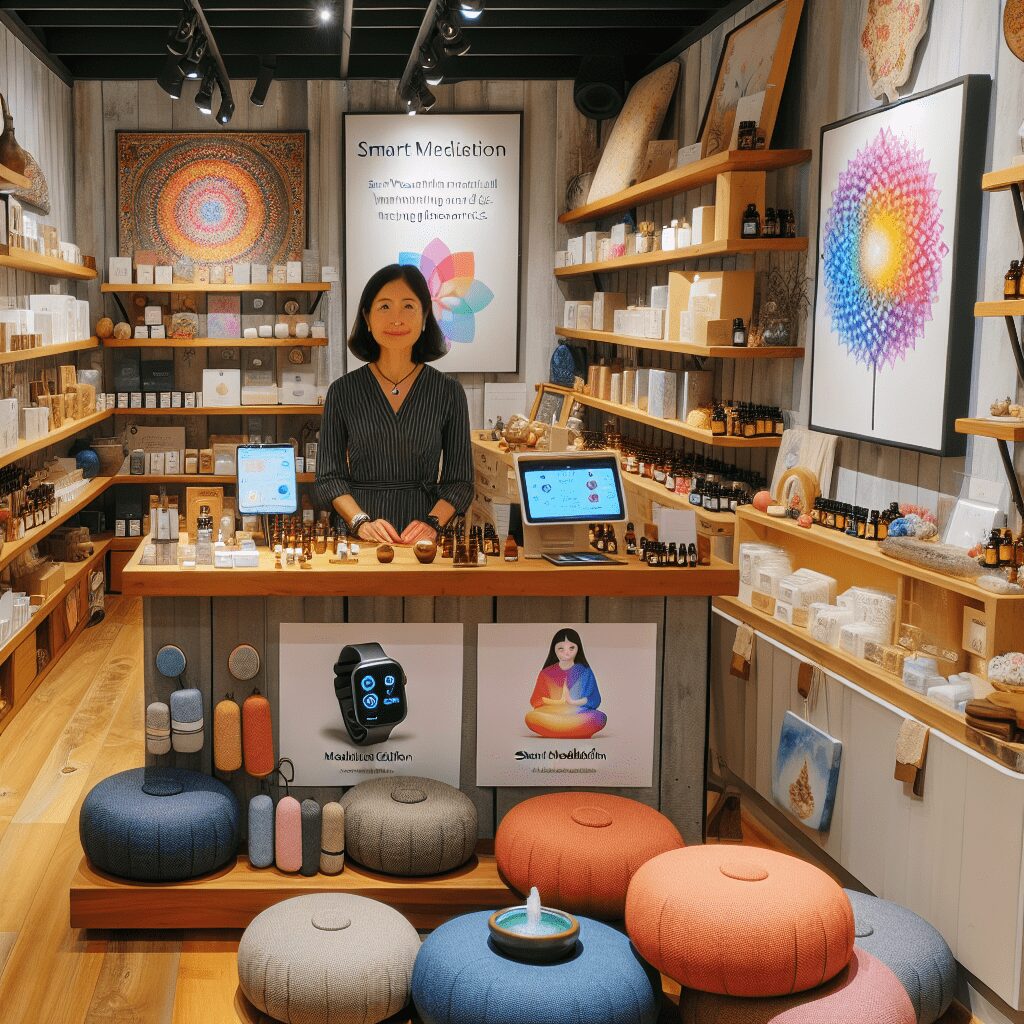
Prioritize your mental well-being daily. Enhance your life by nurturing your mental health with the Smart Meditation app. Break free from stress, alleviate anxiety, and enhance your sleep quality starting today.
How To Sit Comformatbly During Meditation?
Embarking on the Journey to Comfortable Meditation
The ancient art of meditation, lauded for its myriad benefits like stress reduction, improved concentration, and an overall sense of well-being, can sometimes be marred by a simple hurdle: discomfort. As paradoxical as it may seem, finding comfort in stillness can be a struggle. Yet, with a few tweaks and understanding, this obstacle can easily be conquered, paving the way for a deeper and more enriching meditation experience.
Customizing Your Space: A Tailor-Made Approach
First and foremost, creating an environment conducive to meditation is crucial. This doesn’t mean you need to replicate the serene ambiance of a Himalayan monastery (though if you can, more power to you!). It’s all about what resonates with you personally. Let’s dive into some game-changers that could turn your meditation practice from “ouch” to “ahh.”
-
Choosing the Right Cushion: Not all cushions are created equal. Opt for one that supports your sitting bones (ischial tuberosity, for the anatomy buffs) without being too lofty or too flat. Memory foam cushions that mold to your body’s shape? Yes, please! Or maybe an adjustable meditation bench is more your style, keeping those pins-and-needles at bay.
-
The Power of Props: Don’t shy away from using props. A strategically placed blanket under the ankles can be a game-changer for those with tight legs. Similarly, a small, rolled towel under the knees can alleviate pressure for those favoring a cross-legged position.
-
Setting the Stage: Ambient lighting, a quiet space, or even a hint of aromatherapy (lavender for relaxation, anyone?) can significantly enhance the quality of your meditation. It’s all about engaging the senses in a subtle, soothing way.
Mastering the Art of Positioning
Now, onto the nitty-gritty: finding that sweet spot where comfort meets stillness. It’s not as elusive as it might seem. Here’s the lowdown:
-
Straight but Not Stiff: Imagine a string pulling gently from the top of your head. This visualization can help maintain a posture that’s upright and dignified yet not rigid. The goal is to allow natural curves of the spine to exist without slumping or straining.
-
Hands and Shoulders: Where do those hands go? On your knees, in your lap, mudra or no mudra — it boils down to personal preference. The key is to ensure your shoulders are relaxed and that there’s no tension creeping into your arms or hands.
-
The Eyes: To close or not to close? That is the question. Closed eyes can minimize distractions, but if it makes you sleepy, try a soft gaze on the floor a few feet in front of you. It’s all about maintaining focus without straining.
-
Listen to Your Body: Last but definitely not least, attune yourself to the whispers (or shouts) of your body. Discomfort is a signal, not an obstacle. Adjust your position if you need to or even consider a different posture. Remember, meditation is more about the internal journey than the external form.
Comfort in meditation is not a luxury; it’s a necessity for diving deeper into your practice. By personalizing your space and mastering the gentle art of positioning, your meditation sessions can transform into a sanctuary of peace and comfort. Don’t just do meditation; live it, breathe it, and most importantly, enjoy the serene comfort it brings to your life.





